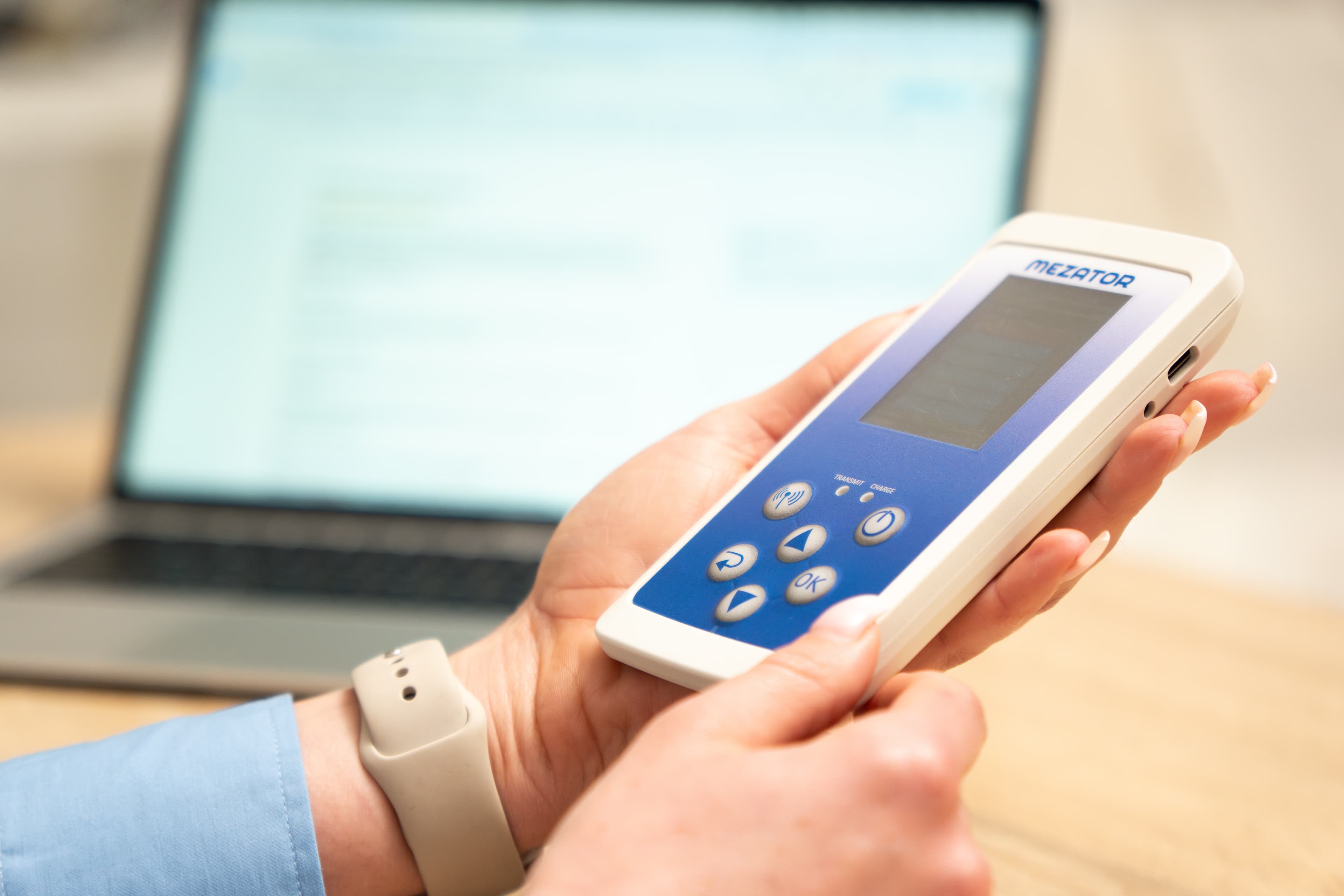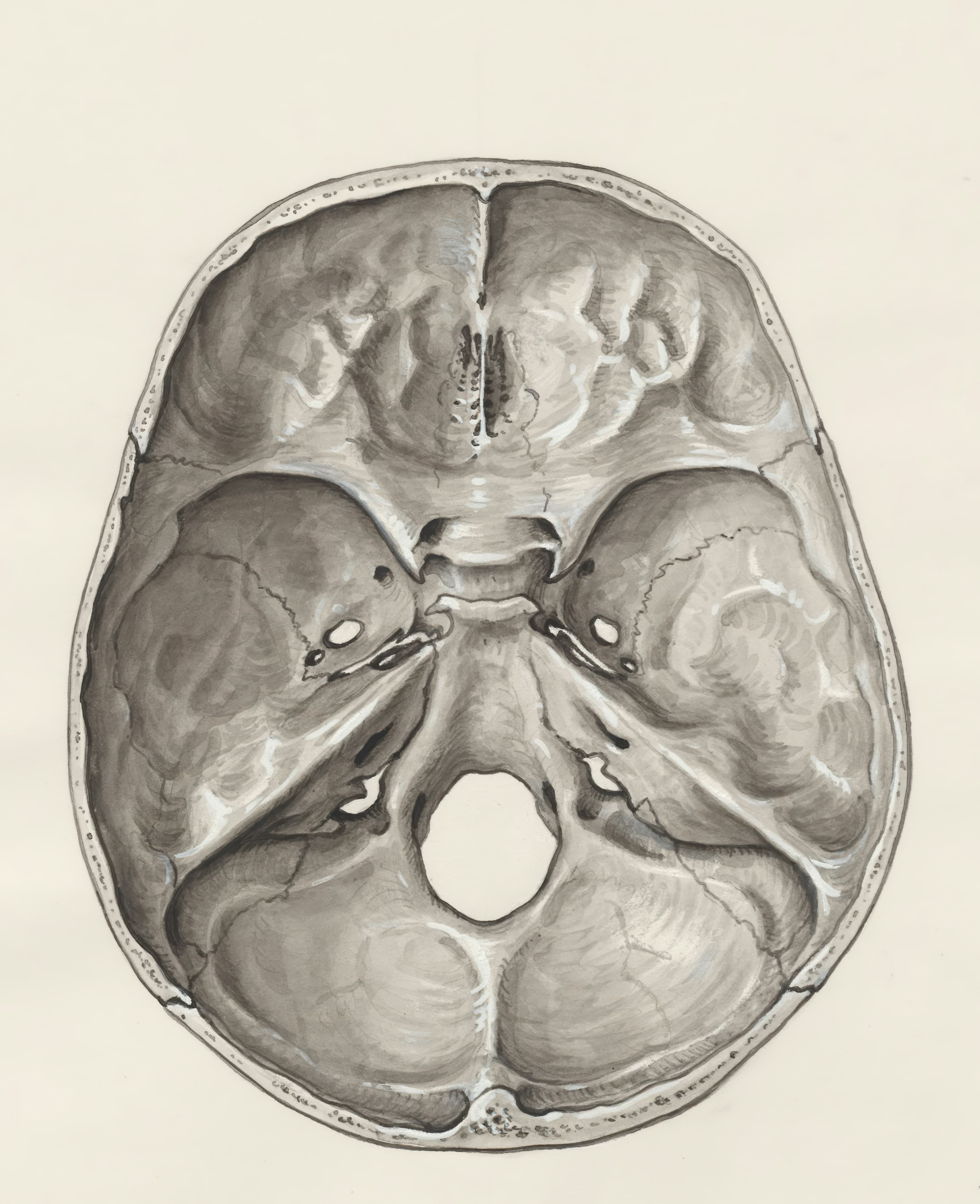Heat stroke is a severe form of heat illness caused by prolonged exposure to high temperatures and humidity. It occurs when the body's natural cooling mechanisms are overwhelmed, leading to elevated core body temperature and organ damage.
The Physiology Behind Overheating
The body has a complex system for regulating its temperature, which includes sweating and blood vessel dilation. In heat stroke, the mechanisms fail, and body temperature rises to dangerous levels. This sudden increase in heat can cause damage to the brain, heart, and other vital organs, leading to potentially fatal complications.





